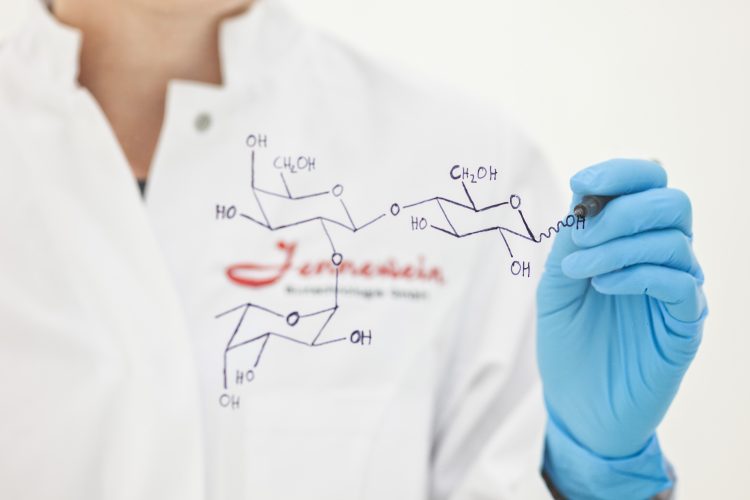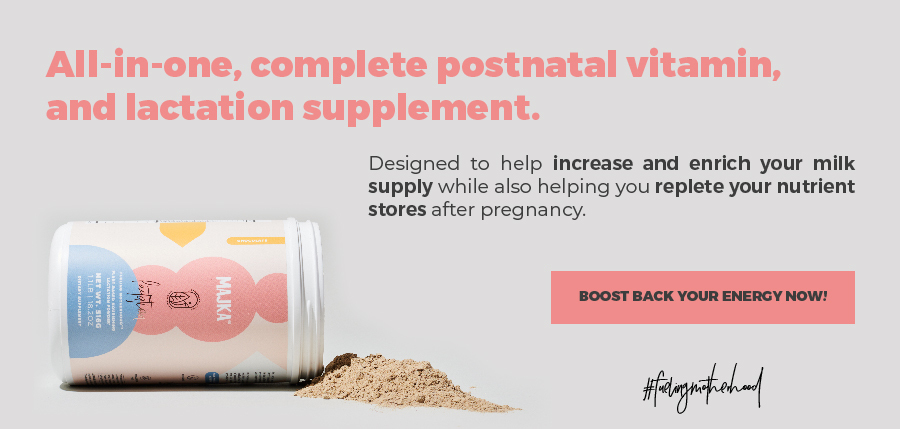
Today there is a wealth of information regarding baby’s health, gut health, and lactation.
In this article, we will review Human Milk Oligosaccharides so you can better understand this peculiar term and its role in healthy development.
What are Human Milk Oligosaccharides?
Breast milk is an amazing nutrient for your baby and has many components that make it the healthiest choice. Human milk oligosaccharides (HMOs) are the third most important component of breast milk, after lipids and lactose.
HMOs are complex sugars that act as prebiotics by promoting the growth of beneficial intestinal bacteria and generating short-chain fatty acids. These sugars are indigestible to your baby so they reach the colon intact.
What are the benefits of HMOs?
Human milk oligosaccharides (HMOs) serve as prebiotics. Their job is to induce bacterial colonization in the intestinal tract. Good gut bacteria can stimulate natural immunity and control inflammatory reactions by inducing an adaptive immune response.
HMOs are more than just “food for bugs”. They also strengthen the intestinal epithelial barrier, which protects against pathogens and viruses. They aid in immune development essential for intestinal cell responses. HMOs provide a source of sialic acid, an essential nutrient in brain development and cognition.
HMOs contribute to the development of your baby’s microflora and immune system, protecting him/her against infections and alleviating their course. They have been shown to have anti-bacterial, anti-viral, and anti-inflammatory effects. HMOs are one of the main reasons why breast milk has been considered “the gold standard in infant nutrition”.
Does formula have HMOs?
HMOs are found in breast milk. You may wonder whether your baby will get it if he/she is formula-fed. Due to their highly complex structure, the replication of HMOs was not possible until just recently.
Recent studies show that infant formula with 2′FL and LNnT is safe, well-tolerated, and supports age-appropriate growth. However, we cannot yet confirm that synthetic oligosaccharides have the same complex composition as the HMOs found in breast milk.
How do I know if my baby is getting enough HMO´s?
Maintaining a healthy diet while lactating will not only keep you healthy, but it will also be great for your baby’s development.
What you eat is closely associated with the composition and diversity of the HMOs in your breast milk, dietary fiber, (poly)phenols, and MUFA (healthy fat) .
As a breastfeeding mom, you are encouraged to consume good sources of all essential nutrients. Some nutrients that are relevant for milk composition are vitamin B6 and, for complete vegetarians, vitamins B12 and D. Be mindful to avoid excessive intake of supplementary vitamin D.
*Every individual has their own nutritional needs that should be reviewed with a healthcare provider.
If your baby is getting frequent viruses, infection, inflammation or dysfunctional bacteria, this could be a sign that he/she isn’t getting the nutrients needed. Talk to your health care provider to form a plan of action.
In Breastfeeding 101 , we hope to provide information that is useful for you.
If you want to learn more on the subject of human milk oligosaccharides, here are some of the sources that made this article possible:
Association of human milk oligosaccharides and nutritional status of young infants among Bangladeshi mother–infant dyads I Scientific Reports
Biology of human milk oligosaccharides: From basic science to clinical evidence I Wiley Online Library
Breast milk is conditionally perfect I National Library of Medicine
Diversity of Human Milk Oligosaccharides and Effects on Early Life Immune Development I scientific Reports
Effects of Infant Formula With Human Milk Oligosaccharides on Growth and Morbidity: A Randomized Multicenter Trial I JPGN
Gold standard for nutrition: a review of human milk oligosaccharide and its effects on infant gut microbiota I BMC Microbial Cell Factories
Human Milk Oligosaccharides and Associations With Immune-Mediated Disease and Infection in Childhood: A Systematic Review
Human Milk Oligosaccharides: Health Benefits, Potential Applications in Infant Formulas, and Pharmacology I National Library of Medicine
Human milk oligosaccharides: Shaping the infant gut microbiota and supporting health I ScienceDirect
Human Milk Oligosaccharides: Their Effects on the Host and Their Potential as Therapeutic Agents I National Library of Medicine
Infant formulas with synthetic oligosaccharides and respective marketing practices: Position Statement of the German Society for Child and Adolescent Medicine e.V. (DGKJ), Commission for Nutrition I SpringerOpen
Maternal Diet Is Associated with Human Milk Oligosaccharide Profile I Wiley Online Library
Milk composition I National Library of Medicine
HMO Academy I Nestle Nutrition Institute
Point-of-care human milk testing for maternal secretor status I Springer Link
Research on the antimicrobial effects of human milk oligosaccharides I News Medicals Life Sciences
Review of the Clinical Experiences of Feeding Infants Formula Containing the Human Milk Oligosaccharide 2′-Fucosyllactose I National Library of Medicine
Avery Reckers





